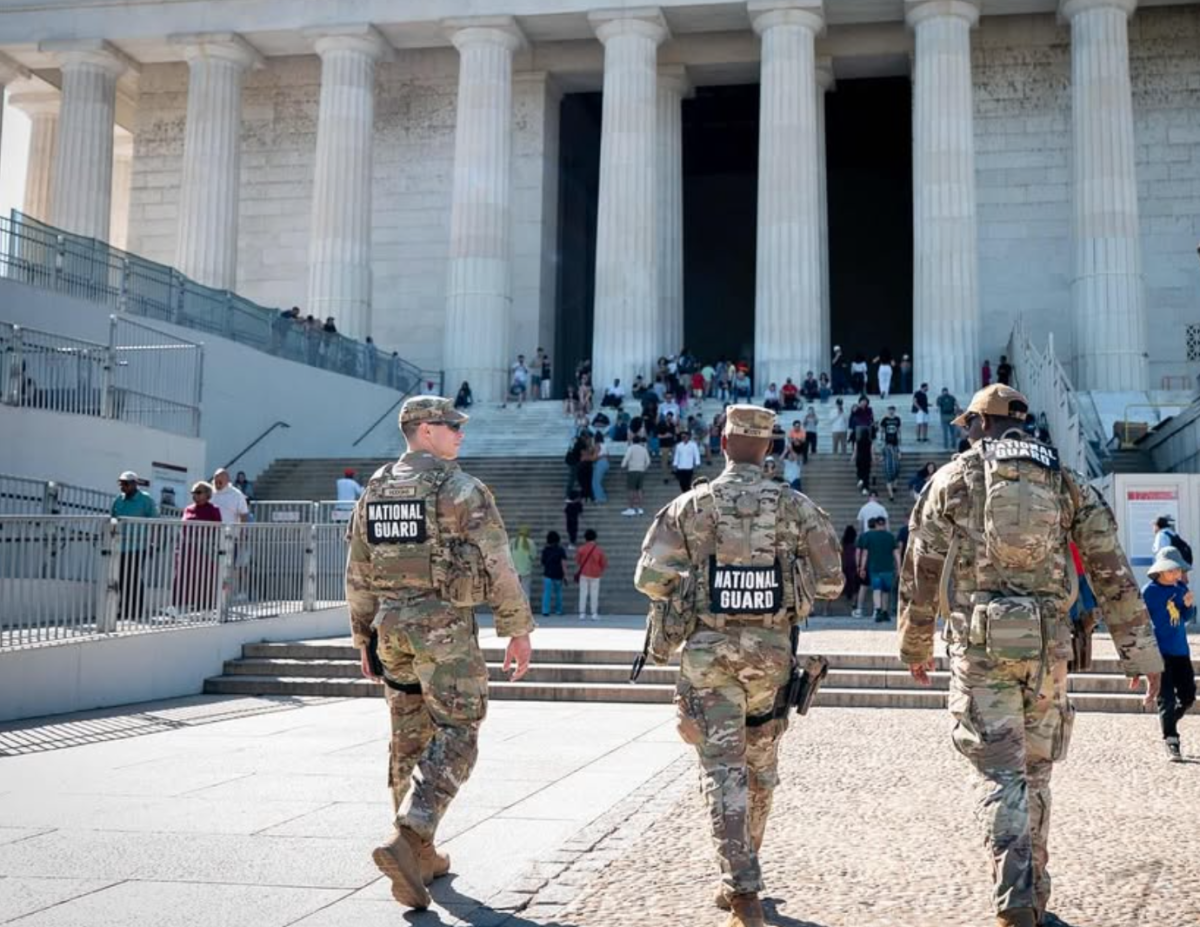By John Christen

If you used Facebook last week, you have probably noticed that many of your friends “checked in” to the Standing Rock Indian Reservation in Cannon Ball, ND. Chances are, they were not there. Although Facebook users have previously used “check-ins” to draw attention to certain causes, the Standing Rock check-ins have popularized a new way of demonstrating and encouraging solidarity with others.
The protests started a few months ago on the grounds that the pipeline would violate sacred burial grounds and taint water supplies on the Standing Rock Sioux Indian Reservation. The pipeline is being constructed to cut the cost of U.S. crude oil and natural gas demand by reducing the amount of rail and truck transportation necessary.
“The pipeline will enable domestically produced light sweet crude oil from North Dakota to reach major refining markets in a more direct, cost-effective, safer and environmentally responsible manner,” reads the website provided by the pipeline’s investors, daplpipelinefacts.com.
The protesters are not buying it. Hundreds of Native Americans and many other supporters have come together to prevent the desecration of the reservation land.
People are using Facebook’s “check-in” feature in an attempt to confuse law enforcement that may be using Facebook to target protesters. North Dakota’s Morton County police department denies this use according to the New York Times. While it is unknown whether the area police have the capability to analyze Facebook’s data in this manner, users’ “check-ins” have undeniably raised awareness of the issue. The Dakota pipeline protests have popularized an entirely modern method of showing solidarity with others.
Regardless of whether the “check-ins” actually accomplish the intended purpose of misdirecting law enforcement, the attention the protesters received made the massive social media gesture a success. Publications across the country have covered the Facebook Standing Rock “check-in” solidarity phenomenon, drastically increasing the number of people that understand the protesters’ concerns. Just as media coverage of Donald Trump’s childish tweets has augmented supporter base and his follower count, the media’s recent focus on the increasing amount of Standing Rock “check-ins” has helped the issue receive the crucial attention it deserves.
Several celebrities have stepped into the spotlight to support DAPL protesters’ efforts as well. People magazine recently reported that many Marvel superhero actors, including Mark Ruffalo, Samuel L. Jackson, Chris Hemsworth and Chris Evans, are pledging their support. These stars are a small drop in the large bucket of high-profile DAPL protester advocates like Leonardo DiCaprio, Shailene Woolley and Susan Sarandon. High-profile support and the issue’s growing presence on social media have sparked the public’s interest.
This newfound public interest in the Sioux Native Americans’ qualms with the construction of the pipeline prompted on-site protesters to utilize other social media-related methods of sharing their struggle with the rest of the world. This past weekend, many protesters took advantage of Facebook’s live video feature, which allows users to broadcast live video into their followers’ feeds. NBC News reported on Sunday that “videos recording violent clashes between police and protesters have attracted upwards of four million views on Facebook alone.”
Clearly, social media has become a powerful force for those whose concerns would normally be silenced. The positive effects of the Facebook “check-ins” and the protestors’ recent online live video broadcasts are widespread.
Despite the pipeline’s investors’ encouraging claims that the project will create jobs and help reduce the costs of the train and truck transport of Bakken crude oil to the United States, protestors have good reason to push back against the pipeline’s construction. Not only does the pipeline’s path directly cross through sacred burial grounds on the Standing Rock Indian Reservation, but it also threatens the water supply and ecosystems of thousands of miles of land.
The argument for the completion of its construction is, also, very convincing. In that the pipeline’s construction would reduce energy bills for millions of Americans and create thousands of temporary heavy construction and engineering jobs.
Its completion would be economically advantageous for the United States in the short-run. However, the United States would be better off investing larger portions of its wealth into clean energy projects that do not rely on fossil fuels like crude oil and natural gas. Although protesters have a variety of reasons for objecting the pipeline’s construction, the most important one is the negative environmental impact of the pipeline in the long-run. The U.S. would be better off investing in energy solutions that will work for generations, not those that will just work for now.
John Christen, FCRH ’19, is undeclared in his major from Philadelphia, Pennsylvania.








































































































































































































